

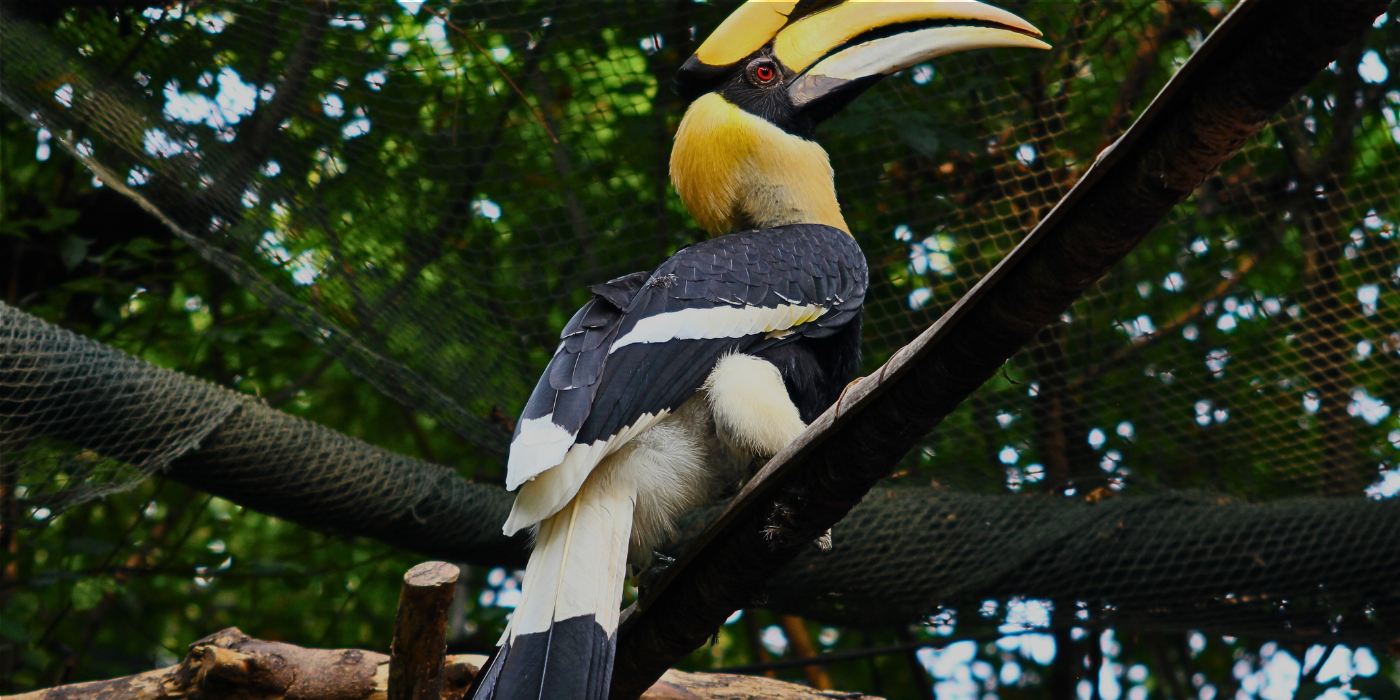
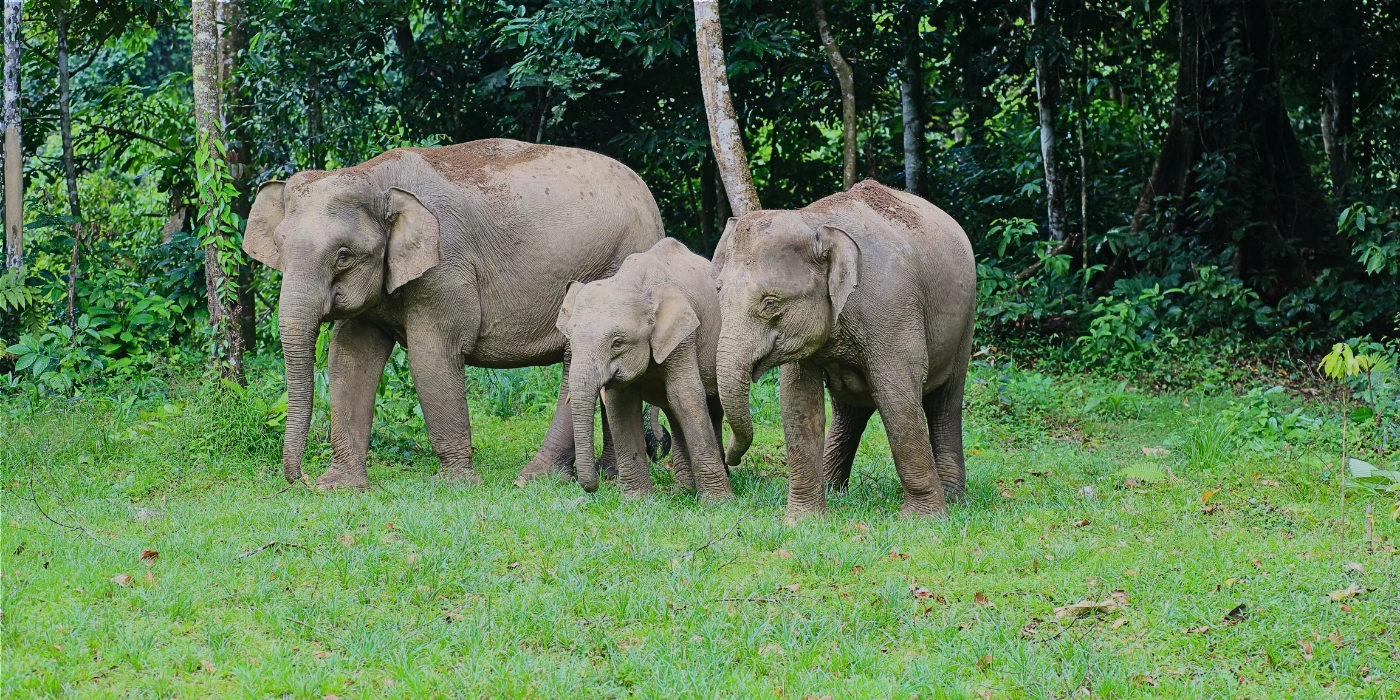
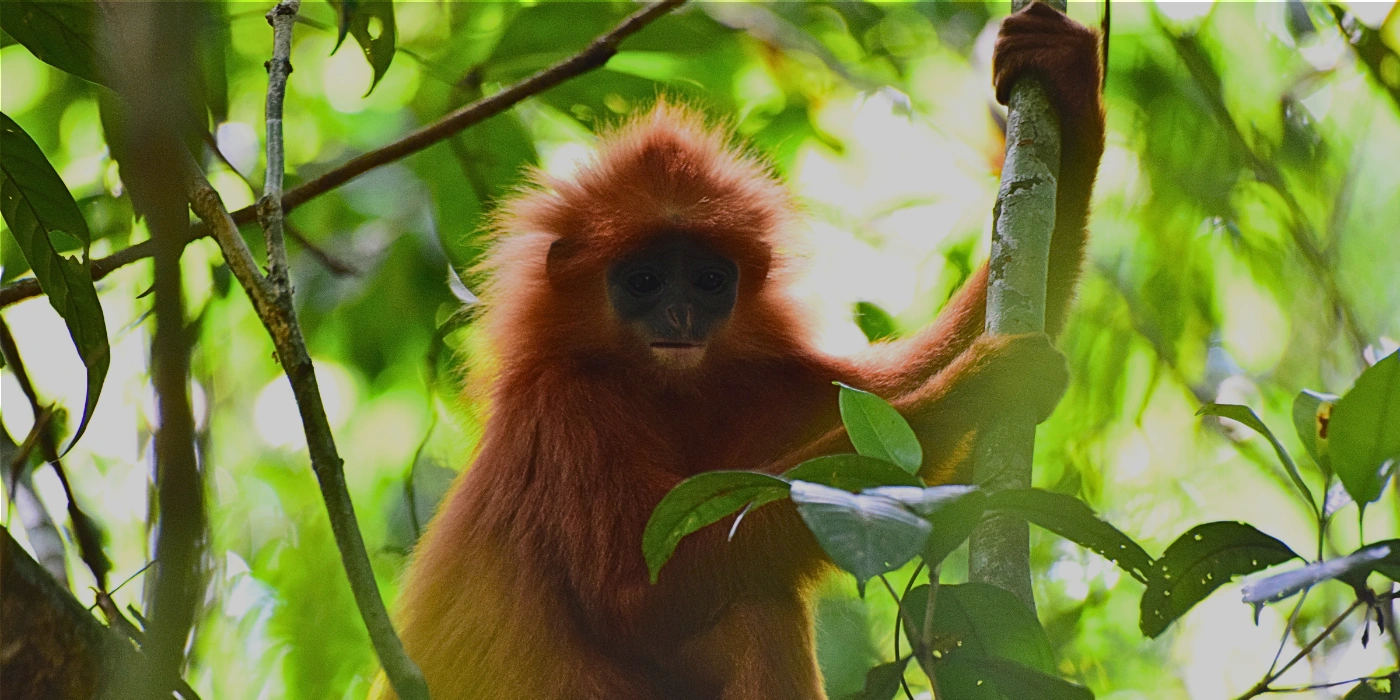
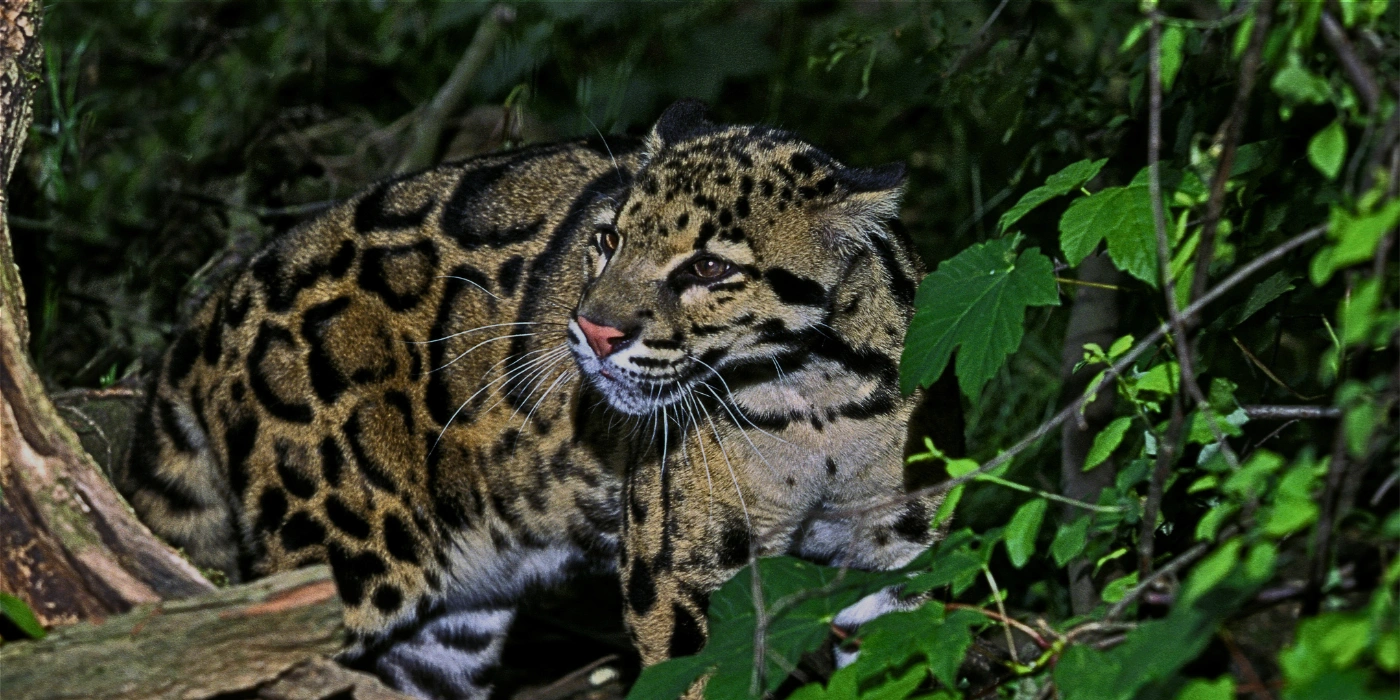
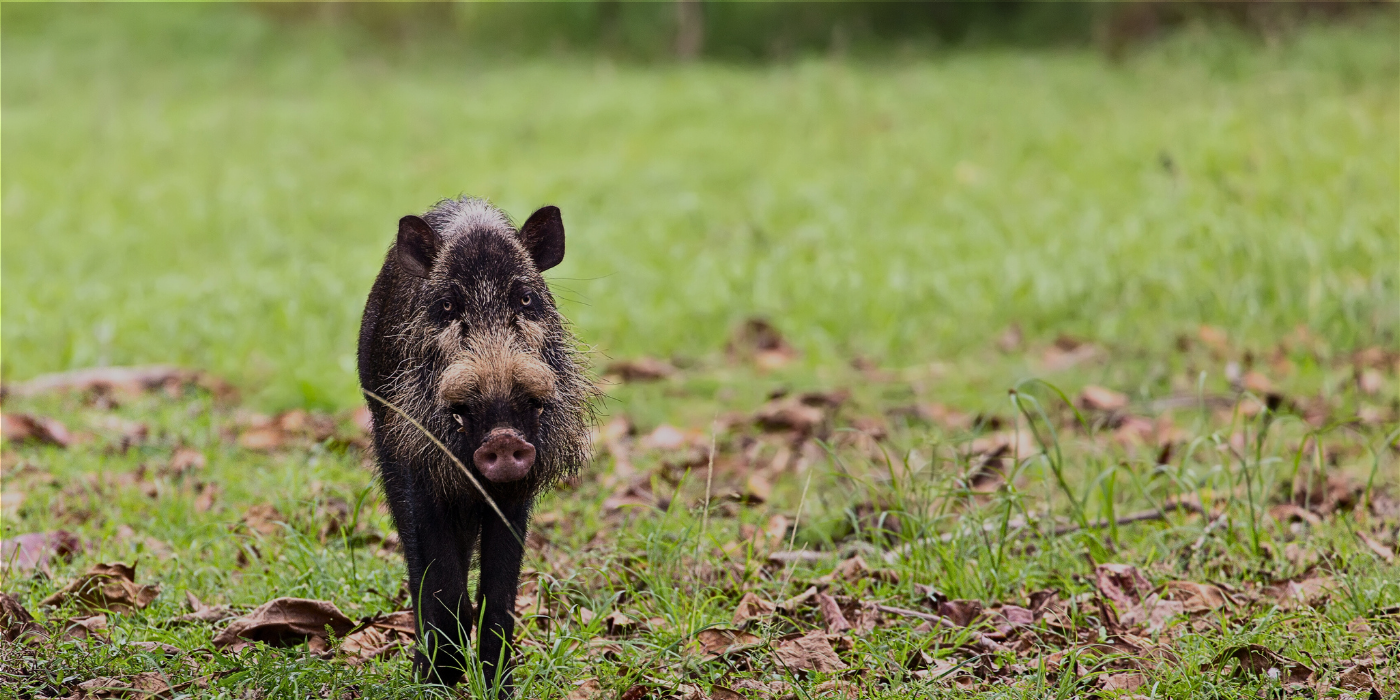
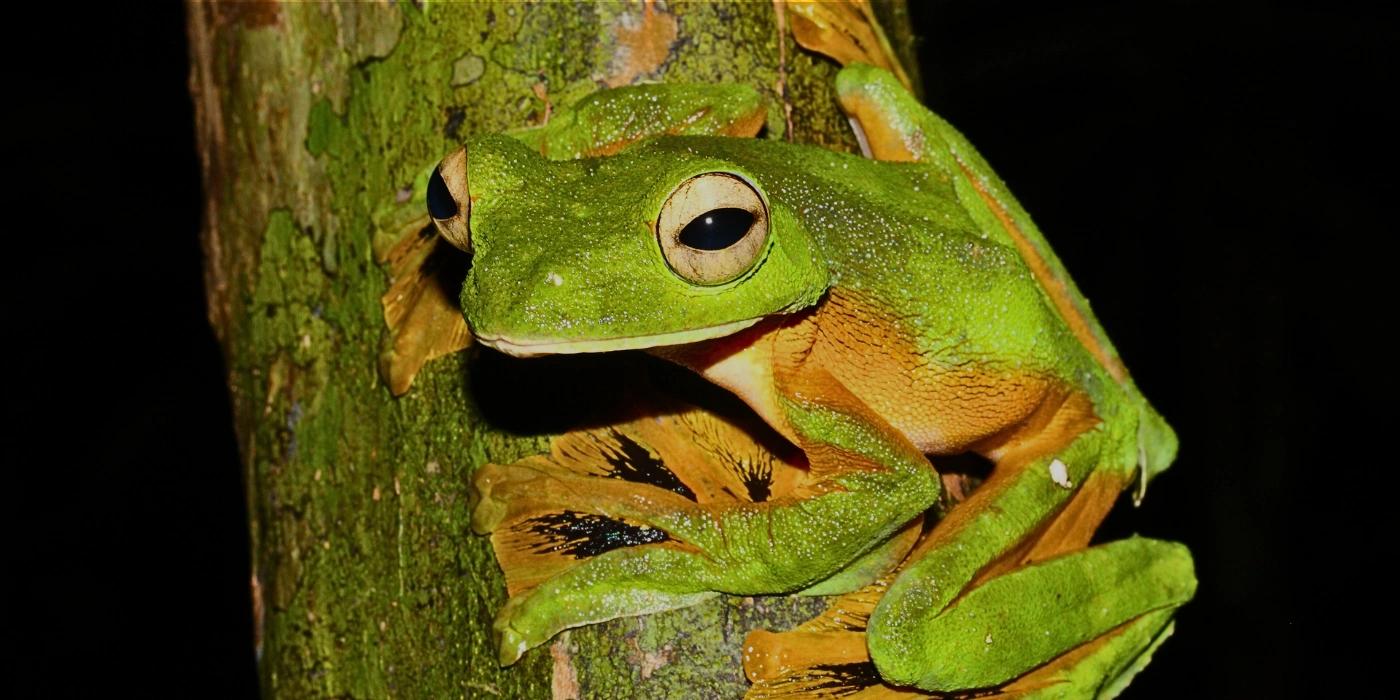


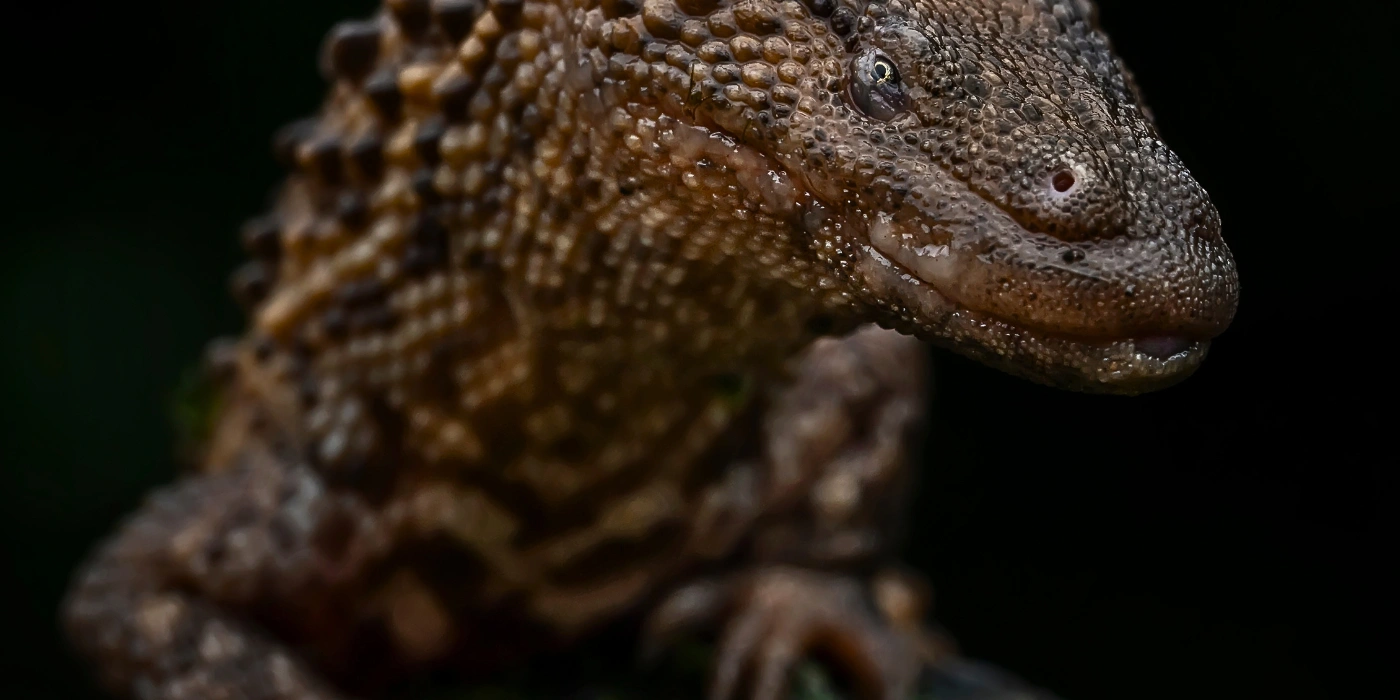

You might, but Tabin is not a primary Orangutan sanctuary. Visit Sepilok if Orangutans are your main focus.
Yes! With endemic species like Pittas and Hornbills, it's a paradise for birders.
Absolutely. Many nocturnal species like frogs, snakes, and civets only appear after dark.
Yes. A licensed naturalist guide increases your chances of rare sightings and ensures safety.
Yes, absolutely. While Tabin Reserve offers rugged, off-the-beaten-path experiences, it’s still very accessible for families and first-time jungle explorers. Guided walks, wildlife drives, and comfortable eco-lodges make it possible to enjoy Tabin Reserve wildlife without needing advanced trekking skills.



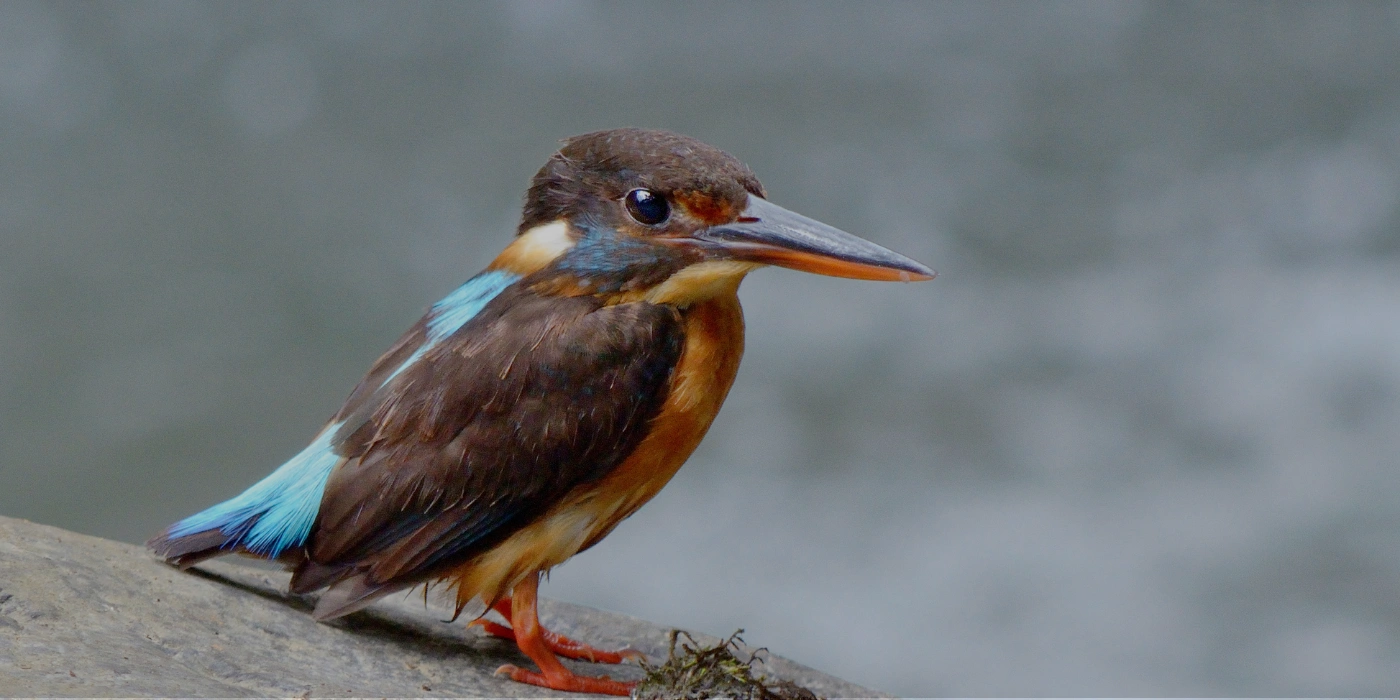
Quick Navigation
Toggle


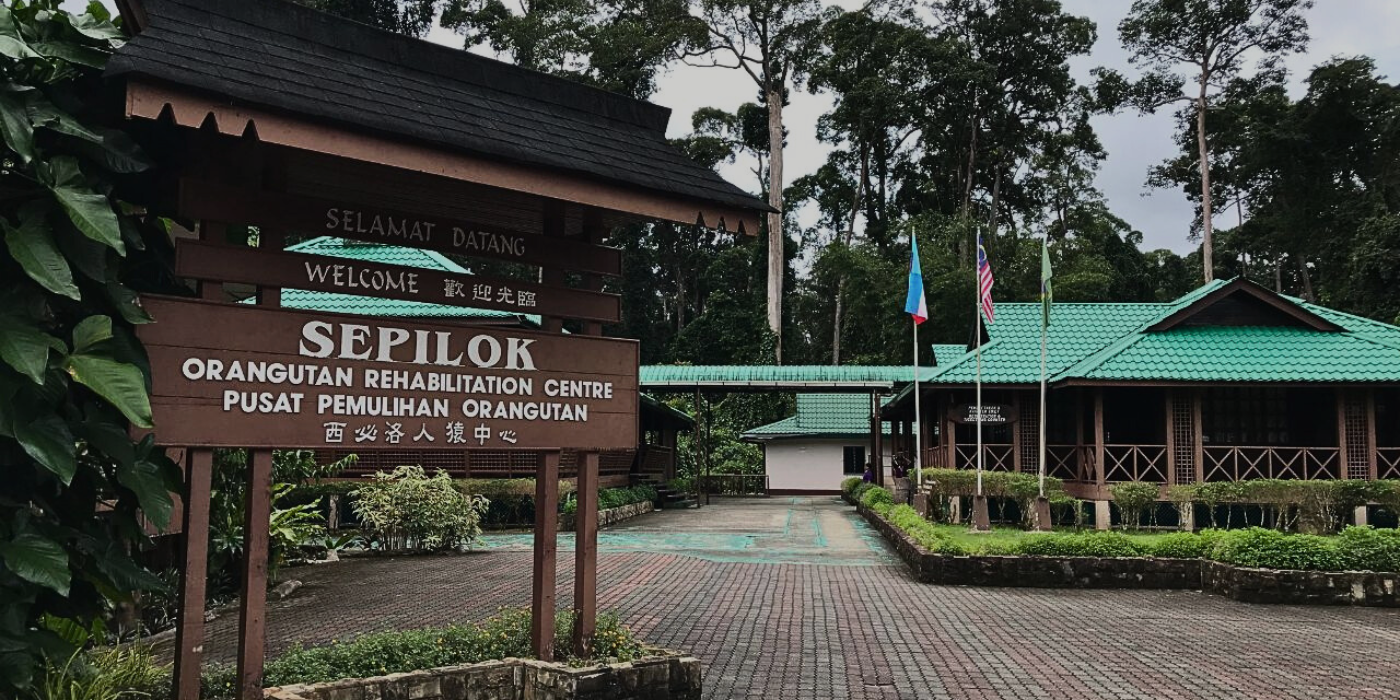


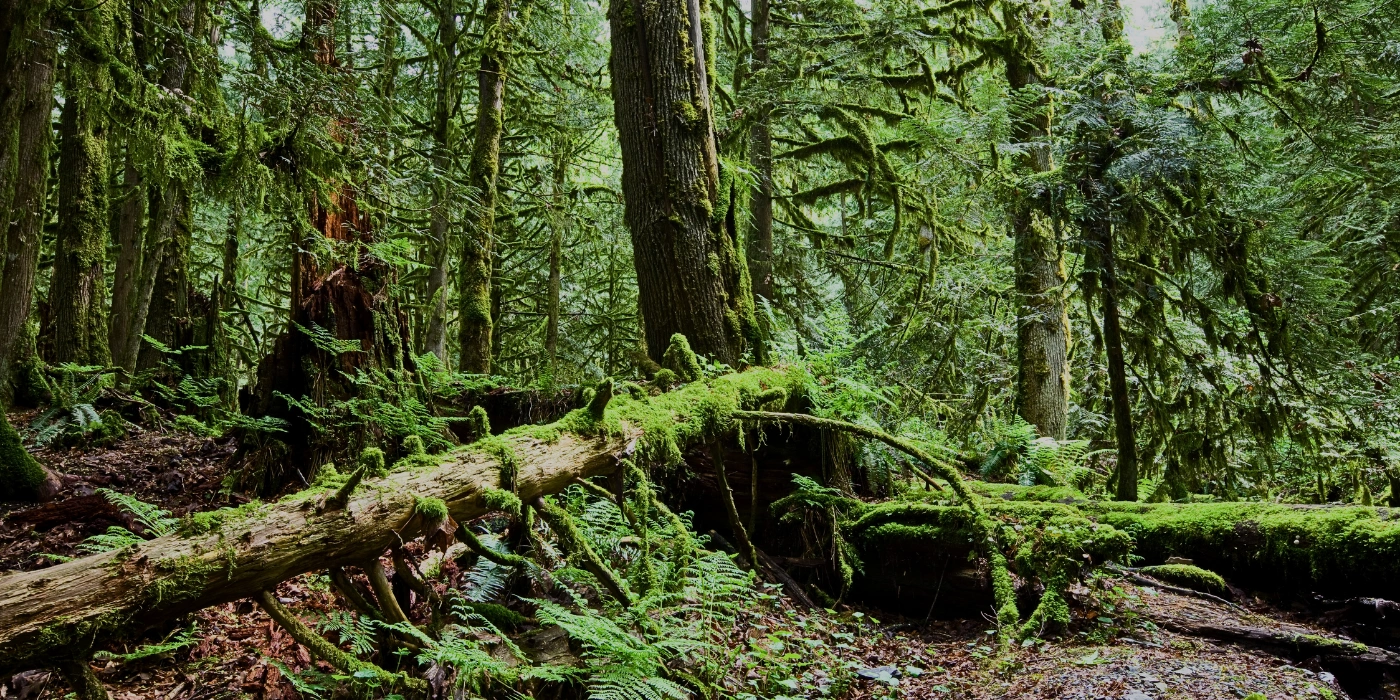
Explore Nature. Embrace Conservation. Experience Malaysia
Top Destination
Follow Us
Payment channels

To improve your experience, we use cookies to store and access device data. You can accept all cookies, customize your choices, or decline non-essential ones. Learn how we use cookies in our Cookie Policy
2 thoughts on “Top 10 Best Animals in Tabin Wildlife Reserve (with Photos)”